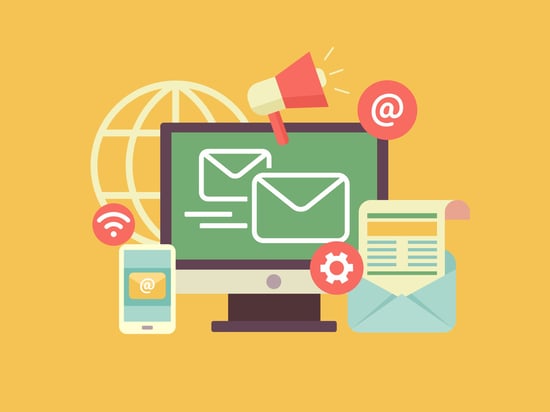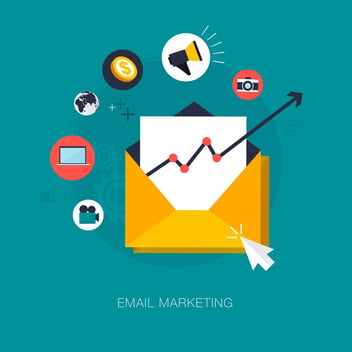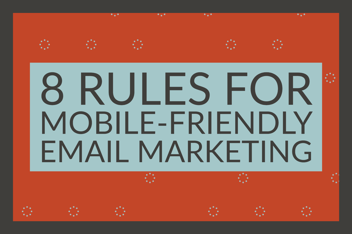6 Email Elements To Optimize With Split Testing

Surely you’ve had this discussion in your strategy meetings: You say email blasts should be sent midweek when there seems to be a lull in activity; your colleague argues that having that email in recipients’ inboxes first thing Monday morning will yield the most responses.
How do you decide who is right? You test it.
A/B testing —also called split testing —is an important tool your marketing department can use to optimize and improve a wide range of marketing tactics, including landing pages and, of course, emails.
Using a closed-loop marketing system, which ties customers directly back to their introduction to your website, can help you test individual elements of your marketing emails and determine which garners the most clicks, leads and sales.
For most of these tests, you would randomly assign recipients from your email list to one of two options and determine which options yields the best results. (Target groups, number 6 on our list, work a little differently; we’ll get to that later.)
Let’s start testing - just remember, only change one element at a time. Here’s why testing more than one thing at a time is a mistake.
Here are six email-specific elements to A/B test:
1. Email formatWhat type of email content will drive the most engagement from your contacts list? Should you be using a newsletter to share a few different pieces of information? A digest listing your latest blog posts? Or a dedicated send promoting a single offer with a prominent call-to-action?
Choose two different ways to attract attention to the same page on your website and see which yields the best click-through and conversion rates.
2. Email layoutAs with the formats, the layout of your email can be tested and optimized on an ongoing basis. Experiment with where you place images, text and calls-to-action. Do you get more clicks when the CTA is at the top of the email, or if it is toward the bottom after text explaining the offer?
3. TimingBack to our discussion about timing—HubSpot’s Science of Timing research shows that the most clicks on email are actually seen on the weekend. Of course, this may not hold true for your industry and customers. That’s why it is important to A/B test your own emails to identify the best time to convert prospects into leads.
4. SenderWho “sends” your emails? Traditionally, personalization has been a best practice for many aspects of marketing, including email. Emails sent from a personal sender name rather than a generic name (e.g., Kristin Jones vs. JONES) have been shown in most cases to receive higher CTRs, but test changes first before implementing them.
5. Subject linesSubject lines are the key to grabbing your email recipients’ attention immediately and convincing them to open the email. You need to get them right. But A/B testing email subject lines isn’t simple. While 72 percent of professionals told MarketingSherpa they have run A/B tests on email subject lines, only 35 percent said the tests were effective.
The difficulty is in pinning down what specific variable of the subject line made the difference. Length? Mention of a discount? Use of the recipient’s name? Formatting, such as brackets?
If you test email subject lines, consider using a series of A/B tests to deduce a commonality amongst the winners that you can use in future emails.
6. Target groupI mentioned above that this element is one that will be tested slightly differently. While the first five elements are tested by sending two different versions to your contact list with a random split, testing your emails by target group does the opposite of randomly assigning Option A and Option B to recipients.
Instead, you test the performance of your lists by sending identical emails to two target groups, segregated by some characteristic such as industry, job title or geographic location. A specific offer might go over great in your company’s hometown, but will it play in Peoria?
As I mentioned before, while there are so many things you CAN test in your emails to optimize them for the best click-through and conversion, test only one at a time or you won’t know whether your improved performance was the inclusion of a call-to-action at the top of the email or including the recipient’s name in the subject line.
Are you ready to start the email head-to-head competition? You’ll find more details on implementing A/B testing for emails, landing pages and more, along with success stories from companies that have done it right, in An Introduction to Using A/B Testing for Marketing Optimization.
-1.png?width=1652&height=294&name=Jones(RGB)-1.png)












